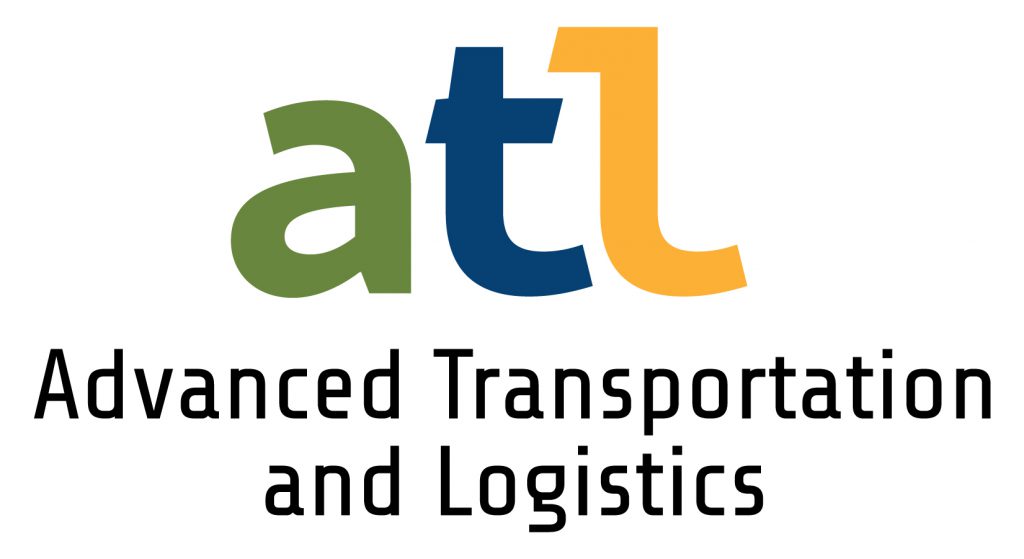Enrollment rates in four-year colleges declining as young adults join labor force earlier

Image courtesy of The Sacramento Bee
By Greg Hadley, The Sacramento Bee
For years, the idea of going to college, getting a degree and parlaying that into a stable career was widely accepted as the best possible route for most young people in America.
Now, that might no longer be the case.
As recently as 2014, the Pew Research Center released a study that found that a college diploma was worth an extra $17,500 in salary. But as high school graduation rates increase, especially among lower-income students, committing to four years of expensive higher education doesn’t make sense for more and more people, according to research conducted by Forbes.
The Department of Labor has projected that of the top 11 fastest growing professions in the United States, all but three require less than a bachelor’s degree. Some need just a high school diploma, while others require an associate’s degree. As NPR reports, apprentice-style educations with corporations are on the rise, allowing high school graduates to learn valuable, marketable skills.
As an example, Forbes notes that carpentry trade is set to grow by 24 percent by 2022. Meanwhile, automation is set to decimate several low-skill industries, including trucking, fast food service and retail, which will force workers to move into other industries, per Forbes.
Since late 2015, data has shown that while more people are getting their high school diplomas, enrollment rates in traditional four-year colleges have declined several percentage points, according to U.S. Census data from The Washington Post.
That trend is logical to most economists, according to The Atlantic. As the unemployment rate has fallen since the economic recession but college costs have continued to rise, per data from CNBC, the likelihood of finding a job without a degree and the possibility of avoiding massive student debt have combined to push young adults to join the labor force earlier.
USA Today reports that the U.S. economy is projected to add 2.5 million semiskilled jobs by 2017, and many of these jobs pay more than minimum wage and even rival the salaries of college graduates, especially when student debt is factored in.
Read original article here.


